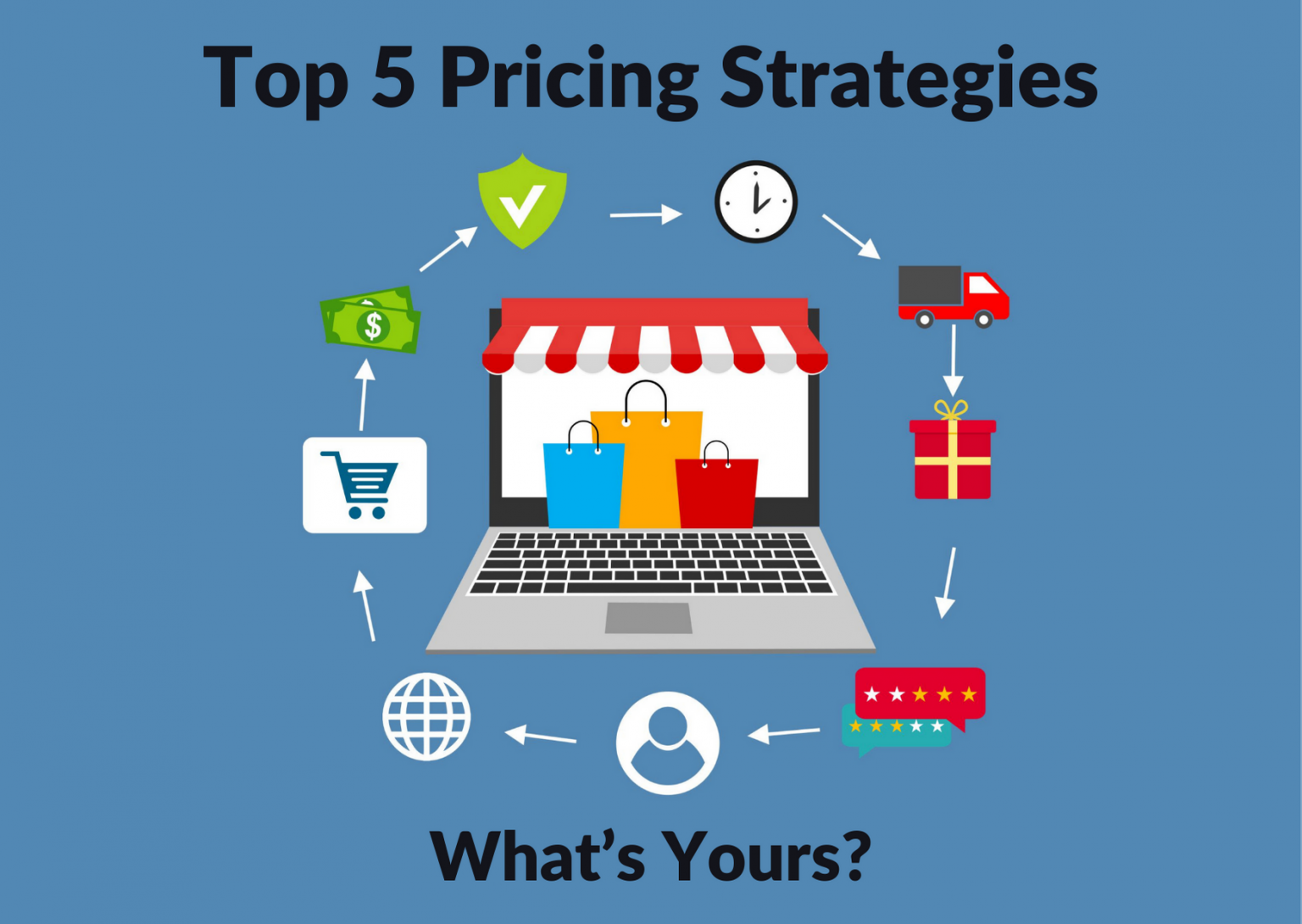
It should also be noted that pricing strategy greatly depends on economic, cultural, and industrial conditions and varies from one organization to another. Before deciding on the most suitable pricing strategy, senior executives need to analyze the brand positioning with respect to its competitors and to the customers’ perspective, price segmentation or establishing different prices for the same products or services and competitive pricing response strategy or the way to respond to competitor price changes. When selling a product or service, a company may employ a range of pricing strategies. The external factors that affect pricing strategy include competitor pricing, economic and market trends. When developing a pricing strategy, businesses consider various factors, such as marketing goals, financial objectives, target customers, brand positioning, input costs, trade margins, and product characteristics. This process takes into consideration market and consumer demand and focuses on maximizing profits and shareholder value. Pricing strategy is a method of determining the most appropriate price for a product or service. This article will describe the most common pricing strategies and provide examples of their successful implementation. Thankfully, a variety of pricing models and approaches will help you identify the best pricing that will help you find the sweet spot between your clients’ ability to pay and your financial goals. Instead, you need to continuously review the pricing strategy and adapt it to changing market conditions and competitive environment. Moreover, when it comes to pricing, there is no one-size-fits-all solution.

A pricing strategy should also maintain balance while addressing customers’ needs and generating revenue.

Prices should not only correspond to the existing market conditions but also cover the company’s expenses, take into account the competitors’ pricing and allow the organization to make a profit. Pricing is one of the paramount challenges faced by companies.


 0 kommentar(er)
0 kommentar(er)
